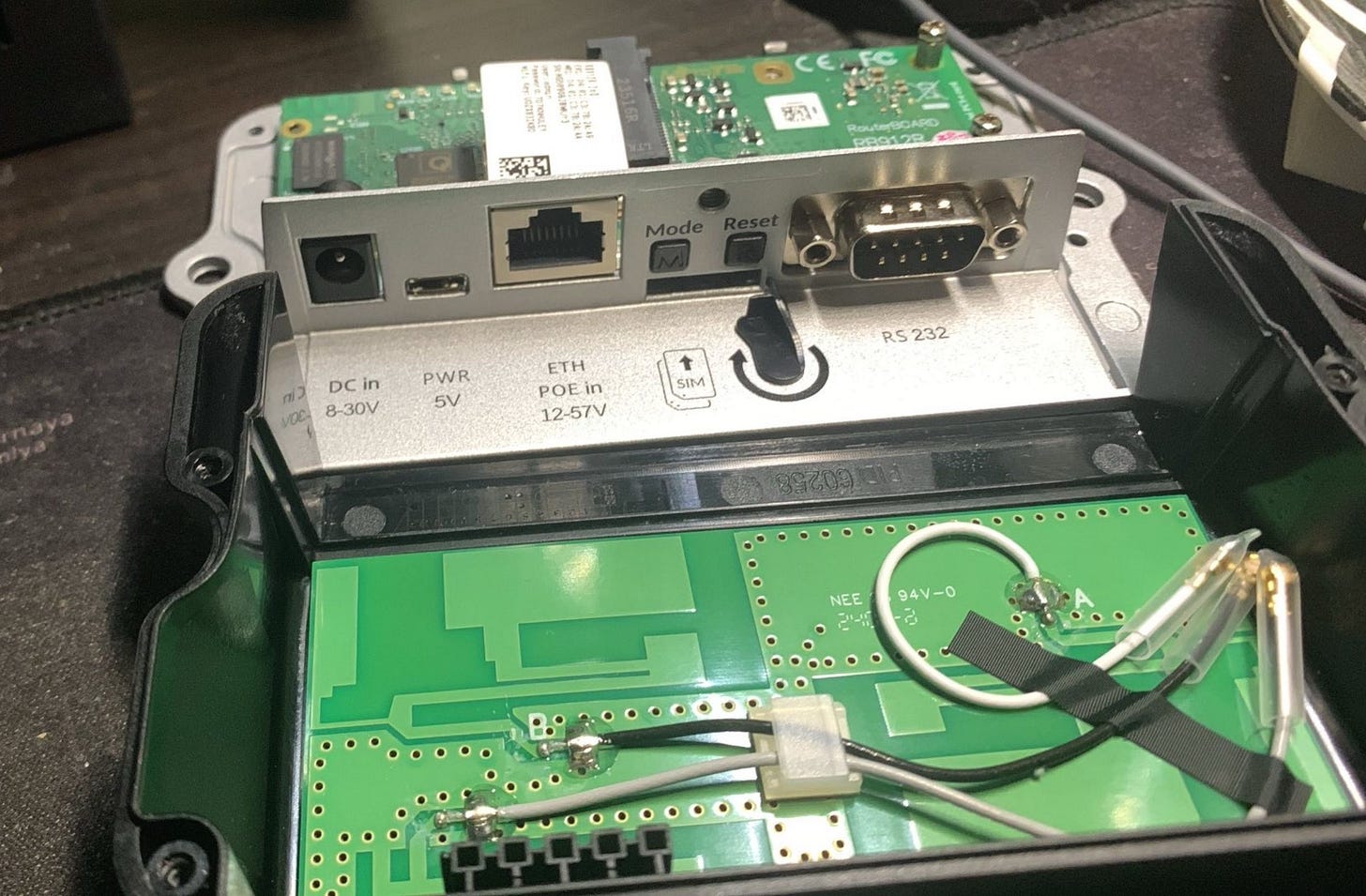Crash Cart Deployment
Another outing for repairs
The Watchmaker’s Pi mentioned a Lenovo laptop misbehaving. Yesterday morning it failed completely - no keyboard. So I packed my “crash cart” and hit the road. The bag has Pinky (my Mac Air) and for the person with the flaky laptop …
HP EliteDesk G5 mini.
Keyboard and mouse for mini.
One of every sort of video cable in my collection.
Whole wad of ethernet cables.
Various USB network devices.
Orange Pi Zero 3 again.
It should be noted that missing from those cables was the one needed most - the micro HDMI to HDMI needed to attach a Pi to a monitor.
Train Wreck:
We went round and round with a couple hotspots and a wonky wifi link shared with someone else, who conveniently happened to NOT be home. We never did get the fixed wifi to work and the hotspots were … erratic. You would think a hotspot function would do the same things, no matter what it’s running on. Not so with my iPhone and the other person’s Android.
The Pi acted up again, the static network config I set was absent. The machine woke up looking for a DHCP server to give it an IP address. Getting this isolated took a while, and then getting a Windows tool that would actually provide a DHCP server service took a while longer.
Objective:
All this jacking around is in service of more radio stuff. Earlier there were some LoRaWAN cards in the Pi5s, that’s been set aside for the moment. Getting these things in play is the next big step.
That’s a Mikrotik LtAP aka an RB912R-2nD-LTm. It’s the standard Mikrotik firewall setup - treats ethernet as the outside, offers a wifi network behind NAT, and the antennas are so you can use an LTE cellular modem. There are physical punch outs for external cellular and GPS antennas in addition to the printed circuit board antennas you see here.
The issue I face here is that I need to use the wifi as a client so we can drop the ethernet down into a space with little to no reception. The LTE option is sorta theoretical at this point, but since they’ll be mounted up a pole so they’re several feet above the roofline, that’s a place where there will be reception. It’ll only be a little while before I get asked to do that.
Theoretically, I can screw around with the roles of the ethernet and WiFi until they’re swapped, but that means hours of dinking around to get it right. That might not be so bad for quantity one, but if there are going to be a herd of them, it’ll turn into a nuisance pretty quickly. It’s been many years since I last controlled a network device using a serial port, but that is exactly what I plan to do.
Those ports are typically 9600 baud, so the 16’ maximum distance should still be fine. Having an Orange Pi Zero doing serial terminal duty as well as syslog will permit troubleshooting both ends when a connection is intermittent. The machine will get a DHCP address for ethernet via IP and it’ll be reachable via TailScale. The fallback plan will be a standard wifi config and if stuff is really borked the person on site can set their phone’s hotspot to what the Pi expects, and we can limp via hotspot+TailScale until it’s back to running.
Conclusion:
Years ago I started a wireless ISP that made it through first round private placement funding. What I’m doing here will never be more than a niche that’s not served by any out of the box solution, but the vibe is the same. Box and boards, antennas and cables, intently watching to see what works, and how things behave when they do not.
It is good to be out and about, seeing people, and solving their problems. I need more to make ends meet, but this seems like a fine start.
And I’ll get to go back in the next couple days … because in my haste to not miss the train home, I forgot the crash cart in the back seat of someone’s car :-(





Well written, descriptive details, and tying the things together makes for a great piece! Thanks for your Substack!